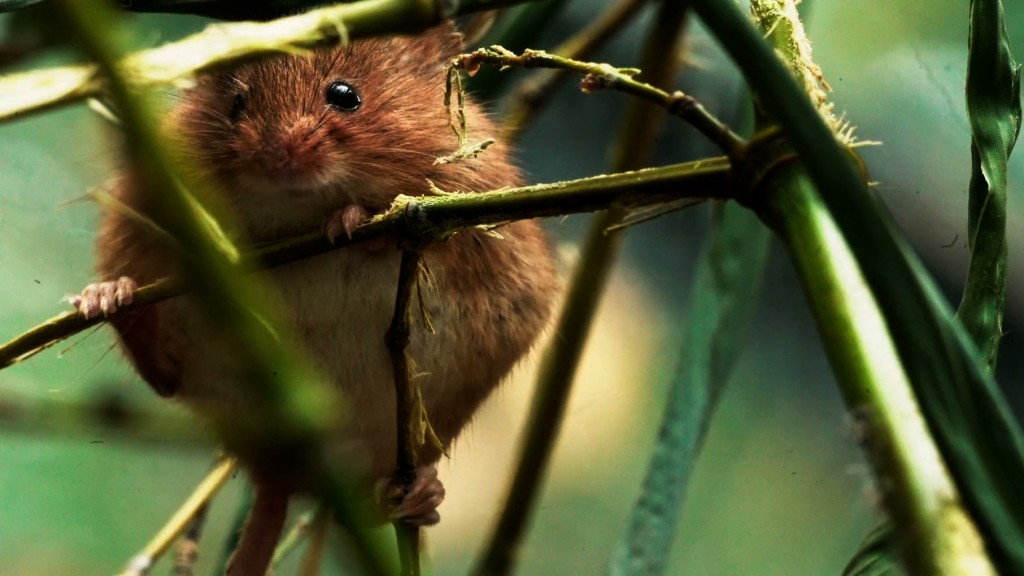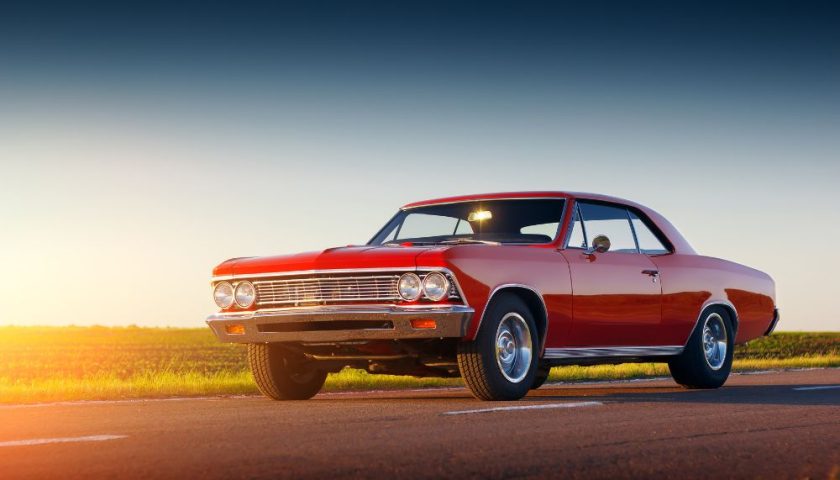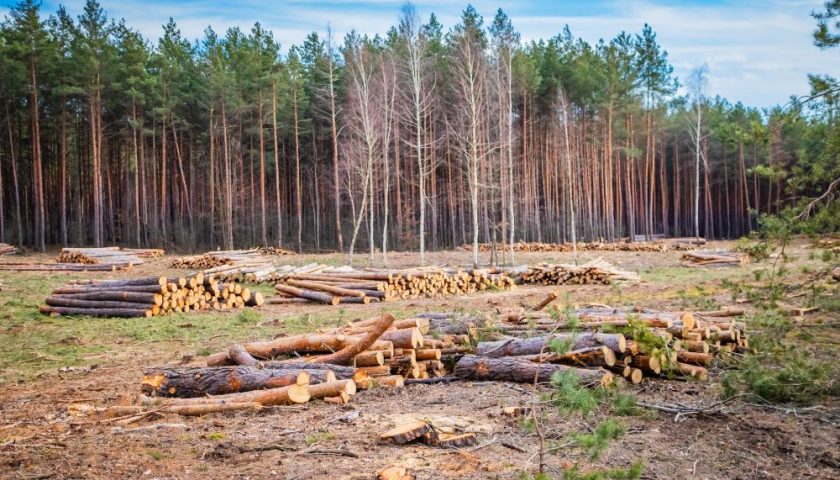The natural world, wildlife, the legacy of war and the beauty of culture has proven to be in big demand for Paris-based documentary distributor Terranoa.
Attending this year’s Unifrance Rendez-Vous in Biarritz, the company presented a diverse lineup that ranged from history and ancient civilizations to science, wildlife, arts, culture and current affairs.
Among its popular new titles is “Top of the Rocks,” produced by Haut et Court Doc with Franco-German pubcaster Arte and French channel Ushuaïa. The ambitious 4K, five-part series takes viewers around the world to examine how stones – specifically granite, limestone, sandstone, basalt and clay – have not only shaped the planet but also inspired human civilizations.
The series has “that sense of escape, travel and discovery,” says Isabelle Graziadey, Terranoa’s executive director of international co-productions, sales and acquisitions. “I can see it filling the appetite for travel slots.”
The show pre-sold to a number of territories, including to doc channel Odisea in Spain and ServusTV in Austria.
Likewise generating intense interest is the three-part wildlife series “Animal Construction,” a co-production by Docland Yard and Biglo Production for Arte that looks at the ways a wide range of living creatures, from birds, mammals and reptiles to insects, arachnids and even fish, build their own homes to shelter and protect their young. It sold to ORF in Austria, Switzerland’s RSI, RTP in Portugal and KBS in South Korea as well as to buyers in China, Slovakia and the Czech Republic.
The distrib has also seen success with “After the Chaos,” produced by Docland Yard for Planète Plus, which sold to N-TV in Germany and Spain’s RTVE.
The four-part series tells the story of how the cities of Le Havre, London, Berlin and Warsaw were destroyed by bombing during the Second World War and then rebuilt and reinvented after the war using archival footage, state-of-the-art visual effects and first-hand witnesses who contributed to the cities’ rebirths.
Also dealing with the legacy of war is “Children of Chaos, What Became of WW2 Orphans,” a 90-minute film produced by Elephant Doc for France 2 in co-production with Belgium and Poland that pre-sold to Switzerland’s RTS and ORF in Austria.
The film uses colorized archives, survivor testimonies and reenactments as it explores an obscure and unknown episode of the immediate post-war period. In 1945, 15 million orphans roamed the ruins and rubble of destroyed Europe. The documentary tells the stories of these children, their broken lives, forever in search of their families and homes.
The film “makes history feel transgenerational,” says Graziadey. “It has a purpose.”
Terranoa likewise secured a number of sales for “Natural Disasters: Mega Regulators,” which reveals how scientists are discovering the interconnections of natural disasters – tsunamis, volcanic eruptions, forest fires – and how one is triggered by the other. Researchers show the links between a cyclone and an earthquake or a volcanic eruption and a sea current as they uncover the secrets of a suffering natural world that benefits from such upheavals and recreates itself as it gets destroyed.
Cocottes Minute and Eklektik Productions produced the film for France Télévisions, RTBF and Ushuaïa TV.
Another title attracting attention is “Bolsonaro, The Far Side of Brazil,” produced by Babel Doc for France 2. It quickly pre-sold to N-TV in Germany, Swiss pubcaster RTS, Belgian broadcasters VRT and RTBF, Sweden’s SVT, RTV in Slovenia, Swiss channel RSI and RDI in Canada.
The film examines Brazilian president Jair Bolsonaro’s political career, his reputation as the brash “Trump of the tropics” and disruptive right-wing populist, while also showing him to be more complex than he is usually portrayed in this pivotal election year for Brazil.
Offering a cultural experience through travel and arts is “United Nations of Dance,” a series that takes viewers on a journey into the traditional dances of the world over two five-part seasons. The show presents the history and traditions behind each dance – from Mozambique, Bali and Brazil to Japan, India and Hawaii – through the personal stories of the dancers and the people who perpetuate their cultures over the centuries. Produced by New York-based Producing Partners for Arte, the series sold in the Netherlands, Portugal, Switzerland and other territories.





